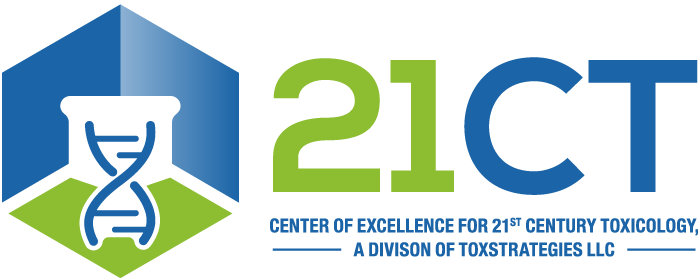Proctor DM, Suh M, Aylward LL, Kirman CR, Harris MA, Thompson CM, Gürleyük H, Gerads R, Haws LC, Hays SM. 2012. Hexavalent chromium reduction kinetics in rodent stomach contents. Chemosphere 89(5):487-493.
Abstract
Reduction of hexavalent chromium (Cr(VI)) to trivalent chromium (Cr(III)) in the stomach prior to absorption is a well-recognized detoxification process thought to limit the toxicity of ingested Cr(VI). However, administration of high concentrations of Cr(VI) in drinking water cause mouse small intestinal tumors, and quantitative measures of Cr(VI) reduction rate and capacity for rodent stomach contents are needed for interspecies extrapolation using physiologically-based toxicokinetic (PBTK) models. Ex vivo studies using stomach contents of rats and mice were conducted to quantify Cr(VI) reduction rate and capacity for loading rates (1–400 mg Cr(VI) L−1 stomach contents) in the range of recent bioassays. Cr(VI) reduction was measured with speciated isotope dilution mass spectrometry to quantify dynamic Cr(VI) and Cr(III) concentrations in stomach contents at select time points over 1 h. Cr(VI) reduction followed mixed second-order kinetics, dependent upon concentrations of both Cr(VI) and the native reducing agents. Approximately 16 mg Cr(VI)-equivalents of reducing capacity per L of fed stomach contents (containing gastric secretions, saliva, water and food) was found for both species. The second-order rate constants were 0.2 and 0.3 L mg−1 h−1 for mice and rats, respectively. These findings support that, at the doses that caused cancer in the mouse small intestine (⩾20 mg Cr(VI) L−1 in drinking water), the reducing capacity of stomach contents was likely exceeded. Thus, for extrapolation of target tissue dose in risk assessment, PBTK models are necessary to account for competing kinetic rates including second order capacity-limited reduction of Cr(VI) to Cr(III).
